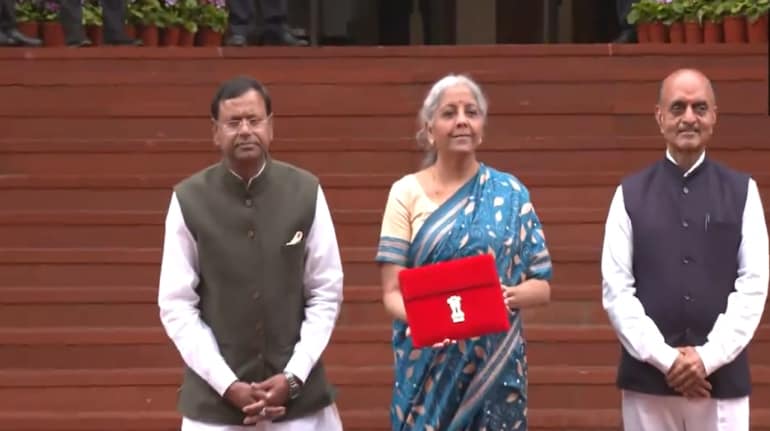
India's economy is expected to have grown at a record pace in the three months that ended in June — but analysts point out that the data is unlikely to paint a full picture of the country's growth trajectory.
More than 40 economists polled by Reuters this month predicted that gross domestic product rose 20% on-year for the April to June period — India's fiscal first quarter. Official data is due Tuesday around noon GMT. India's fiscal year begins in April and ends in March the next year.
"The headline GDP growth number for April-June quarter ... will flatter to deceive," said Shuchita Shukla, a research analyst at The Economist Intelligence Unit.
If the 20% forecast is realized, it would be India's fastest pace of growth since the country began measuring quarterly GDP in 1996. But, Tuesday's data comes after India faced a sharp contraction in the comparable year-ago period, when most of the country was under a strict national lockdown. India's economy contracted 24.4% during those three months.
Shukla said that the EIU's year-on-year growth projection is above 25% — higher than the consensus estimate in the Reuters poll. "More revealing will be the quarter-on-quarter rate, which we expect to show that India's economy contracted by 7% amid a devastating second wave of Covid-19."
In the three months between January and March, India's economy grew 1.6% compared with a year earlier.
India battled a severe second wave of coronavirus infections between February and early May, when cases peaked. The resurgence forced most of India's industrial states to implement localized lockdown measures to slow the spread of the virus.
But, India avoided a national lockdown. Economists said that probably cushioned the blow, but consumption likely still lost momentum.
"Humanitarian costs of the health crisis were immense, but the economic impact was less severe than the first wave and activity rebounded faster," said Radhika Rao, a senior economist at Singapore's DBS Group.
A full recovery in consumption is likely to take time given pressured balance sheets going into the pandemic and additional labour market scarring during Covid.Radhika RaoDBS Group
She pointed out in a note dated Aug. 23 that India's agricultural output remained resilient, domestic tractor sales recovered in June and rural wages benefited from a variety of factors including employment support schemes.
Construction activity remained somewhat operational, in part due to the more localized lockdowns, while some service sectors, like hotels, were more adversely affected than others.
"A full recovery in consumption is likely to take time given pressured balance sheets going into the pandemic and additional labour market scarring during Covid," Rao said.
Though India is opening up more cautiously following the second wave, economists say the risk of a third wave remains. But its impact on the economy is expected to be less severe compared with the first and second waves. Some pockets of the country are experiencing upticks in infection, according to media reports.
EIU's Shukla pointed out that monthly data is showing that the Indian economy will likely return to decent quarterly growth during the July-September period.
India is set to post record fiscal first-quarter GDP — but the figure will not paint a full picture - CNBC
Read More

No comments:
Post a Comment